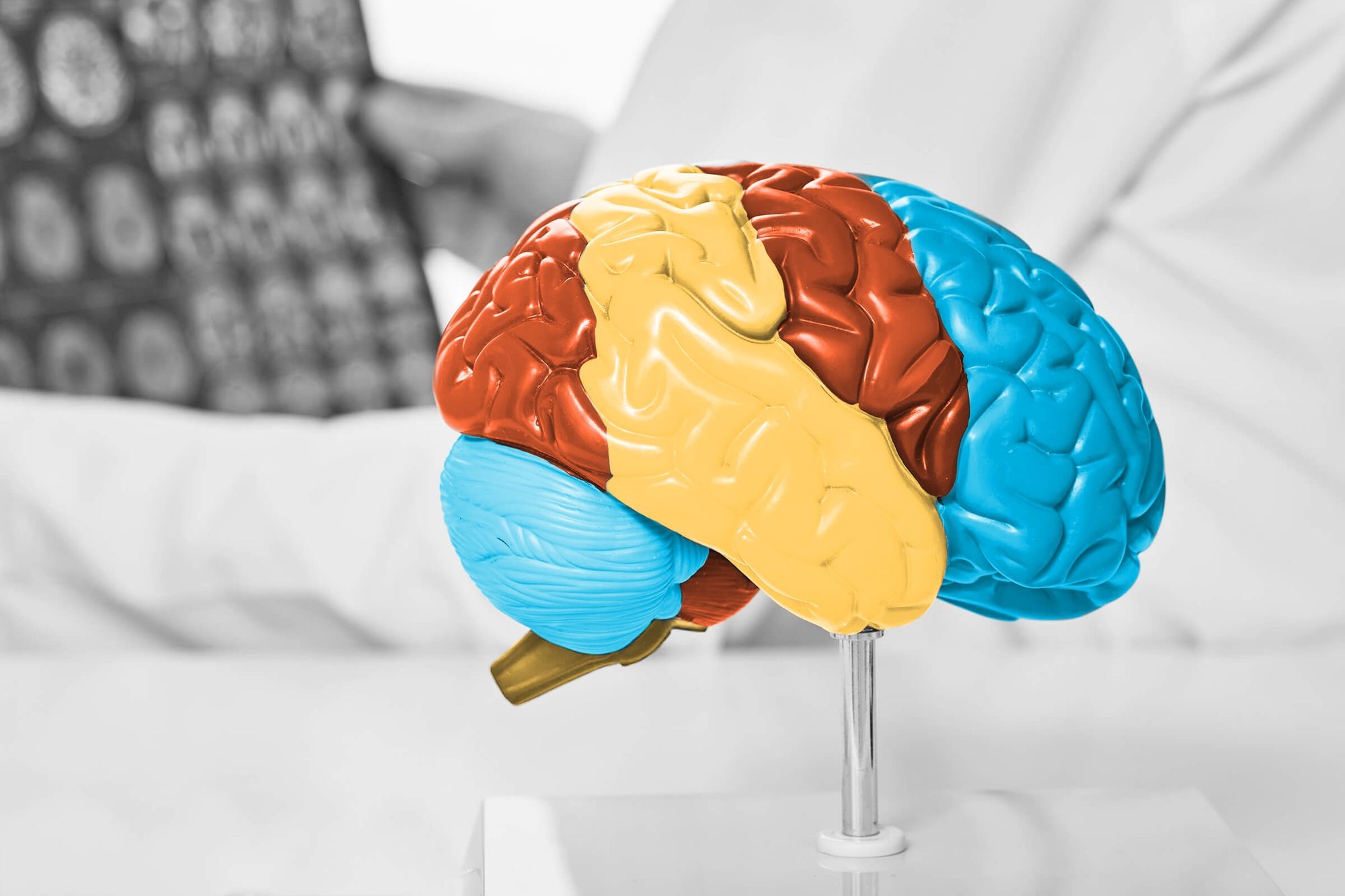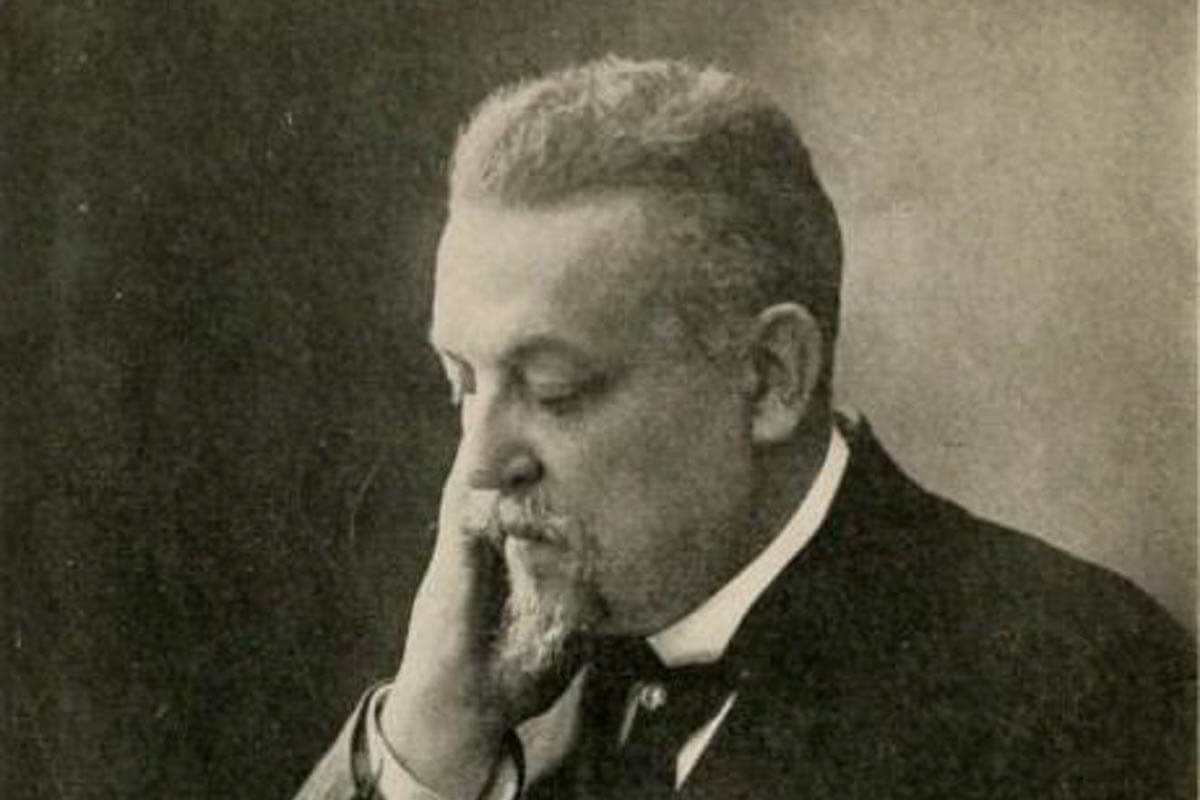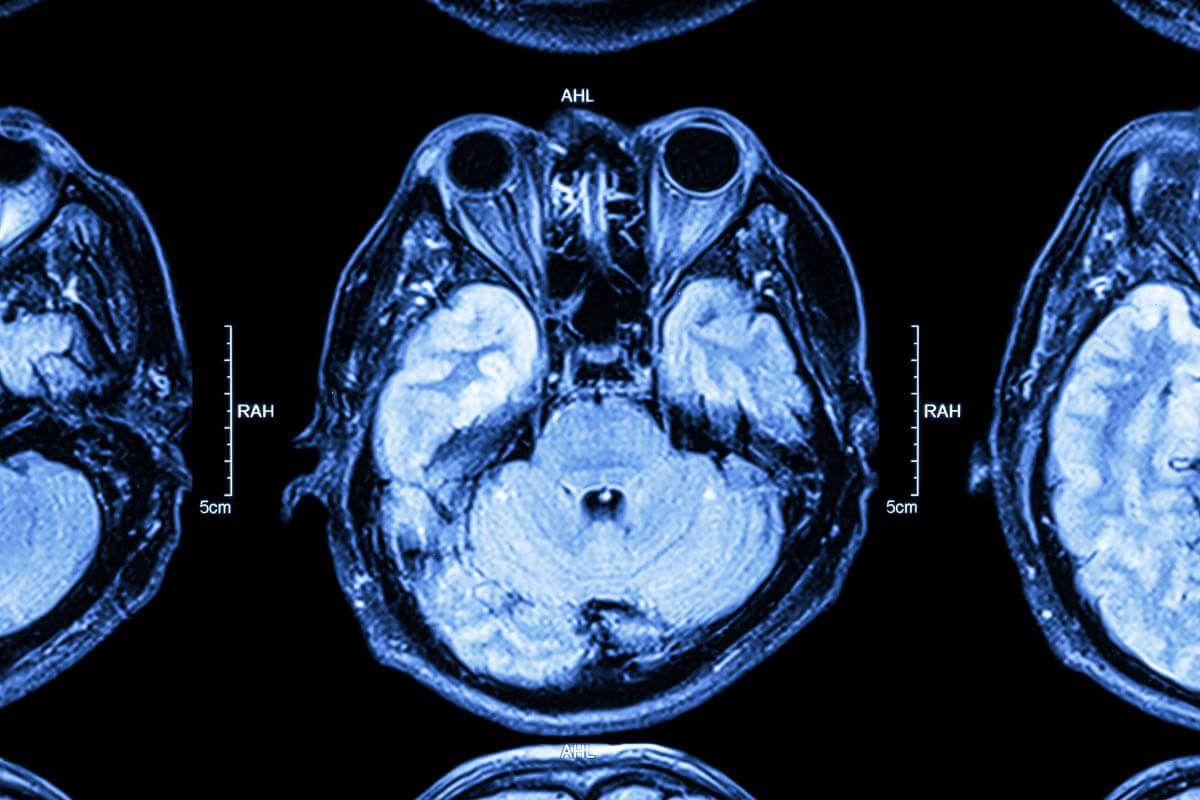

Déjà vu (French for “already seen”) is not just the feeling that you’ve experienced something before — it’s also the sense that the feeling is eerie, uncanny, or even wrong. Scientists are still trying to figure out this mysterious but common glitch in the brain. Here are a few facts about déjà vu, from its early reputation as a paranormal phenomenon to its possible neurological origins.
Déjà Vu Was First Identified in 1876

Émile Boirac, a French philosopher, described the sensation of déjà vu as “an illusion of memory” in the journal Revue Philosophique in 1876. “Upon seeing for the first time a monument, a landscape, a person, I suddenly and in spite of myself concluded: I have already seen what I see,” he wrote. “Impossible to say in what place or at what time; the recognition and the feeling of déjà vu was nonetheless very lively and very clear.” For years afterward, perhaps because Boirac also wrote about psychic phenomena and investigated psychic mediums, déjà vu was thought to be a kind of paranormal experience. Today, scientists have accepted the definition of déjà vu as “any subjectively inappropriate impression of familiarity of a present experience with an undefined past.”
Déjà Vu Is Pretty Common

It isn’t easy to study such a fleeting and subjective phenomenon, but scientists estimate that about 60% of the healthy population have experienced déjà vu in their lives. Studies have suggested that younger people and those who are highly educated, well-traveled, and open-minded are more likely to experience it. The chance of having déjà vu also seems to decrease with an individual’s age, and it affects men and women equally. Stress and fatigue might trigger déjà vu, but it also occurs when people are relaxed and in social settings. In short, a lot more research is needed to understand it fully.
Déjà Vu Might Be a Result of Mismatched Brain Signals

Déjà vu is linked with memory, and memory is associated with the brain’s temporal lobe. This connection has led some scientists to suggest that déjà vu is the result of a “mismatch” between what a person sees and hears in the present and memories stored in the temporal lobe. Usually, when people experience something new, that sensory information gets stored and recalled as short-term memories. During an episode of déjà vu, the new experience bypasses the short-term stage and brings up an older memory. But the mismatch means that the older memory doesn’t feel completely real or appropriate to the situation. Akira O’Connor, a lecturer in psychology and neuroscience at the University of St. Andrews, has suggested that the feeling of uncanniness may stem from decision-making areas in the brain’s frontal lobe “fact-checking” the mismatched signals it receives from the temporal lobe.
Déjà Vu Is Linked to Epilepsy and Dementia

Another theory for the origin of déjà vu is based on evidence that people with temporal lobe epilepsy (TLE) or dementia often have déjà vu more frequently and for longer periods, and it doesn’t go away when the patients alter their gaze or surroundings. These experiences seem to suggest that déjà vu is a “random mental event” not tied to people’s perceptions of their environments. Research in the past two decades has focused on identifying the brain networks, in addition to the structures, that might underlie déjà vu; and whether there may be distinct types of déjà vu experienced by healthy people and those with TLE.
Déjà Vu Is a Plot Device in Countless Novels and Movies

Characters who have moments of déjà vu pop up in works as different as David Copperfield and The Matrix. In Charles Dickens’ novel, David Copperfield’s two instances of déjà vu suggest premonitions of his future; in the Wachowskis’ 1999 sci-fi thriller, Neo’s observation of a black cat walking by twice in exactly the same way (a “glitch in the matrix”) signals the possibility that worlds exist on multiple planes of perception. Other works in which déjà vu appears include Catch-22 by Joseph Heller, War and Peace by Leo Tolstoy, and the 1985 movie Desperately Seeking Susan.
The Opposite of Déjà Vu Is Jamais Vu

The sense that your surroundings are new and odd, despite realizing that you are familiar with them, is called jamais vu (“never seen”). It may be associated with different brain signals and it’s much less common than déjà vu, though it also occurs more often in people with TLE. Some researchers think there are more subtypes of déjà vu out there, such as déjà vécu (“already lived through”), in which the person has a strong but misplaced recollection of having lived through an experience that is new; and déjà visité (“already visited”), in which a person recognizes a specific landscape they’ve never been in.
